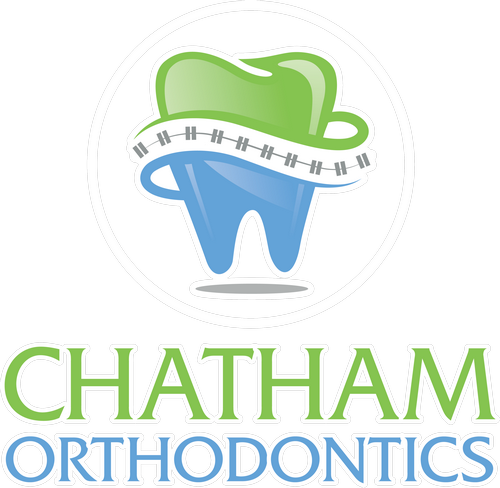Orthodontists specialize in correcting jaw irregularities and teeth misalignments, often rooted in genetics or developed through childhood habits. To address these issues effectively, it’s recommended that children be assessed by an orthodontist by age seven, with those exhibiting noticeable facial irregularities possibly needing evaluation even sooner.
Identifying Orthodontic Issues
Early detection through an orthodontic check-up can identify issues not obvious to the untrained eye, enabling the development of effective treatment plans. Signs indicating potential orthodontic problems include:
- Difficulty with chewing or biting
- Jaw noises or shifting
- Facial asymmetry from disproportionate jaws
- Persistent thumb or finger sucking
- Misaligned bite
Common Orthodontic Problems in Children
Children frequently face issues like overcrowding, jaw growth anomalies, protruding teeth, and gaps. These can be hereditary or caused by factors like poor nutrition, dental hygiene, medical conditions, habits like thumb-sucking, mouth breathing, or abnormal loss of baby teeth.
How Orthodontists Assist Children
Orthodontists adopt various strategies tailored to each child’s needs. Some conditions are monitored until the optimal time for treatment based on the individual’s unique diagnosis. Early treatment can significantly reduce the need for more extensive future interventions by correcting harmful habits, guiding jaw growth, improving child confidence, and minimizing the risk of injury from protruding teeth.
If you have any questions about your child’s need for an orthodontic visit, please don’t hesitate to contact our office.
Contact Us

We encourage you to contact us with any questions or comments you may have. Please call our office or use the quick contact form below.
Testimonials

Chris C.
Dr Johnson put braces on me a little over a year ago and I honestly can’t say anything but good stuff about her and her staff. She’s a straight shooter that shoots from the hip and tells you like it is and let’s you know upfront what the process will be like and what she’ll try her best to accomplish but she will tell you that she’s not a magician either. For me that sealed…
Betty M.
Dr Johnson explain every step they are going to do. My granddaughter was not scared at all. Rosa is a very pleasant and caring person with the kids she also explains the steps that will be going on.
Camila M.
I made an appointment with Chatham Orthodontist for my 6 yr old who has an underbite and grinds her teeth. The receptionist was very friendly when I called to inquire about treatment. She explained to me how my insurance would work and what my option would be. When I arrived she was very friendly and ready for us. Dr. Johnson was great, also really friendly and very thorough…
